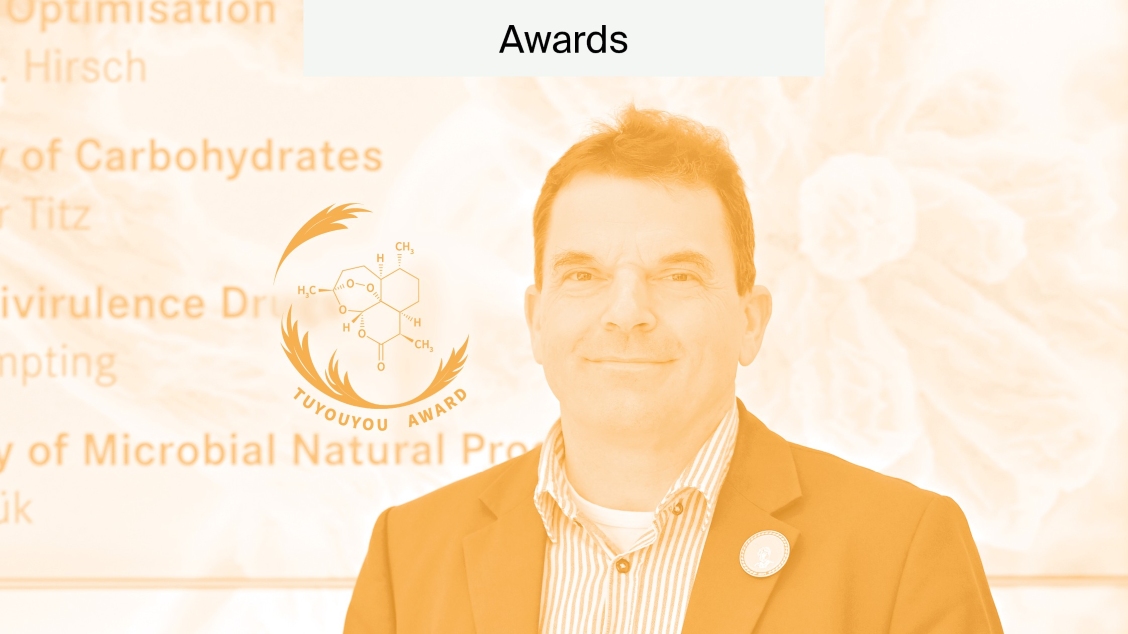
Author Services Guide To Sentence Structure
Correct sentence structure is essential for communicating effectively in English. Knowing how to order words, phrases, and clauses accurately lends clarity and cohesion to your work. This is especially true in academic papers, where quality of expression is paramount.
Here, we delve into how to structure your sentences correctly to present your research accurately and write engagingly.
What is a sentence?
A sentence, at its most basic level, is a series of words that express a complete thought. They can be constructed in many different ways to add variety and engage a reader more effectively. But, fundamentally, every sentence shares crucial components—subjects and verbs, and most also contain objects.
Sentence components
What are subjects, verbs, objects, and complements? These are the smallest components of sentences that are ordered to express the author’s thoughts and findings effectively.
What are subjects?
The term subject is used to described what the sentence is about—the idea, person, place, or thing that is performing an action or being described. Take the following:
Paris is my favourite city.
Earth orbits the Sun.
In the first sentence, the subject (Paris) is being described by the author to express an opinion. In the second, it (Earth) is directly performing an action that is related to the end component of the sentence.
The subjects of both are placed at the beginning of the sentence, and thus are clearly the main topics.
What are verbs?
The verb is the action that the subject is performing. Or, it is used to link a subject to a description. For example:
The team were tired.
Plants absorb sunlight.
In the first example, the subject (The team) is being linked to a state (tired) by the verb. These are called linking verbs, which are used to link the subject to additional information that describes a state of being, appearance, etc.
In the second, the subject (Plants) are performing an action. These are called action verbs, and can be divided into transitive and intransitive: the former is used to describe verbs that are followed by an object; the latter is used to describe verbs that are not followed by an object, which are the simplest constructions in the English language.
What are objects?
The object of a sentence is the component that is influenced by the subject performing its action. For example:
The man gave them a stern look.
The researcher analysed the data.
Here, both objects add clarity to the sentence, by describing what the subject is concerned with. There are two types of objects: direct and indirect. A direct object is what the subject influences; an indirect object usually comes before the direct object and informs us of who the verb is being performed for. Thus, an indirect object can’t exist without a direct object.
In the first example, the object (a stern look) is preceded by an indirect object (them), giving us detail of who his action was direct at. In the second, there is only a direct object (the data), as the subject is directly influencing this component.
What are complements?
Complements are similar to objects but are used to describe the subject instead of what the subject is influencing. For example:
The new model was a significant improvement.
Carbon dioxide is a greenhouse gas.
In these two examples, the subject is not influencing the end components of the sentence. Instead, these components—the complements—are used to describe the properties of the subjects.
Clauses
Clauses are made up of the components described above, the use and order of which determine the type of clause used. They can be divided into two categories—independent and dependent clauses.
What are independent clauses?
An independent clause, sometimes referred to as a main clause, is the focal point of the sentence. Such clauses can stand up as sentences in their own right, as they express a complete thought, or be used with other phrases and clauses that provide more detail.
Usually, they follow the order Subject–Verb–Object. For example:
The experiment [subject] used [verb] the new software [object].
But, as suggested before, they can also follow the structures:
- Subject–Verb
- Subject–Verb–Complement
- Subject–Verb–Indirect Object–Direct Object
They can also be used with other clauses to create more complicated constructions.
What are dependent clauses?
A dependent clause, sometimes called a subordinate clause, is used to add more detail to the independent clause. As such, they cannot be used in isolation and must be used in conjunction with a main clause to be grammatically correct. For example:
Because the conditions were too severe, the expedition was delayed.
Here, the clause after the comma is the independent clause—it contains a subject (the expedition), verb (was), and complement (delayed). Thus, the preceding information is not necessary for it to make sense. The independent clause (underlined), however, adds more context to the sentence.
They can be used to provide explanations and detail, such as time or place, as well as add complexity and nuance to the sentence. By using a mixture of clauses, different types of sentences can be created, keeping a reader interested and adding depth to the author’s work.
Sentence types
Much like how the order of words determines the clause type, the number and order of clauses determines the type of sentence used. They can be divided into Simple, Compound, Complex, and Compound–Complex.
What is a simple sentence?
As the name suggests, a simple sentence is the most basic sentence class, made up of just an independent clause. They express a complete thought, with no other detail provided by adjoining clauses.
What is a compound sentence?
A compound sentence is composed of two independent clauses that are joined by a conjunction—e.g., and, for, but, or, etc. For example:
The students collected the samples and then they analysed them in class.
Both underlined parts of the above sentence could be used as single sentences in their own right, as they both contain a subject, verb, and object.
What is a complex sentence?
Complex sentences are made up of one independent clause and at least one dependent clause. For example:
As they had finished their work, they went home for the day.
Underlined is the dependent clause, which couldn’t function on its own as a full sentence—it needs the context provided by the independent clause to make sense. Additionally, it should be noted that multiple dependent clauses can be used with a main clause.
What is a compound–complex sentence?
A compound–complex sentence is a mixture of the last two sentence types—they have at least one dependent clause, as well as two independents. For example:
The researcher conducted the experiment to test their theory and the results were analysed, although the initial findings were inconclusive.
Underlined is the dependent clause, which adds more detail to the two independent clauses that precede it. Again, any number of either clause types can be used in these constructions, but authors should be wary of making their sentences too long-winded and hard to follow.
Varying sentence structure
To conclude, mixing up sentence structure by using different combinations of sentence components, clauses, and types is the key to writing engaging and coherent articles. By applying the principles of sentence construction, researchers can convey meaning effectively and potentially improve the impact of their papers.
If you want to further your knowledge of grammar and punctuation, read our Guide To Word Classes and Guide To Prepositions.
If you want to prepare your research for publication, MDPI Author Services offers high-quality specialist editing by PhD holders in your field. This service offers a detailed report compiled by the Specialist Editor, reviewing each section in detail as well as structure, terminology, and more.
Our team of highly skilled English editors have edited over 60,000 papers, with a 97% author satisfaction rate. Our services are available to both MDPI authors and those publishing with other journals. Visit the link above to get a free quote today.











